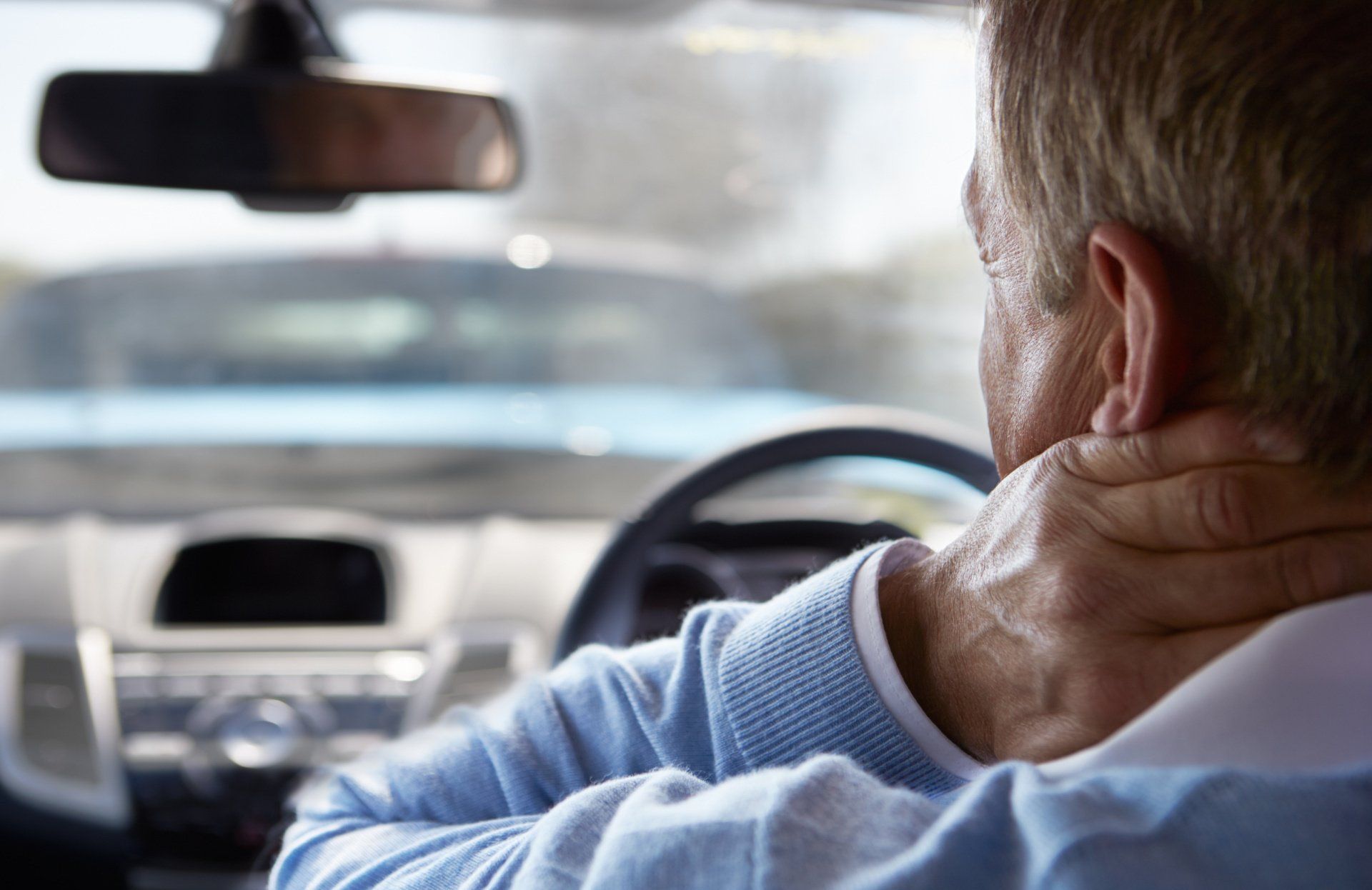One of the major reasons that drunk driving is so dangerous is that it reduces a person’s reaction times. When something unexpected or sudden happens, they cannot react to it properly. This is why someone may feel like they can drive well, even though they’ve been drinking, but they’re still a potential threat even if they’re not swerving all over the road or making other serious errors.
But how big is the change in reaction time? It doesn’t have to be long to make a huge difference.
What is the legal limit?
The legal limit for driving is a BAC of .08%, so let’s look at someone who hits that number exactly. Yes, people can technically get a DUI while under the legal limit, but it’s easiest to consider why that limit was set.
Someone who has that BAC is going to react about 120 milliseconds after a sober driver. If they are traveling at a highway speed limit of 70 MPH, that means their car continues moving for 12 extra feet.
While the actual reaction time seems small, 12 feet can be an enormous difference. It can be the entire difference between stopping in time or hitting another car, a pedestrian or a cyclist. And that’s just for people who are at the legal limit, which may only take one or two drinks. Once people go far beyond that, reaction times plummet.
Have you been injured?
Even a little alcohol can be enough to cause a drunk driver to hit your vehicle. If you get injured in the crash, you may be able to seek financial compensation.



